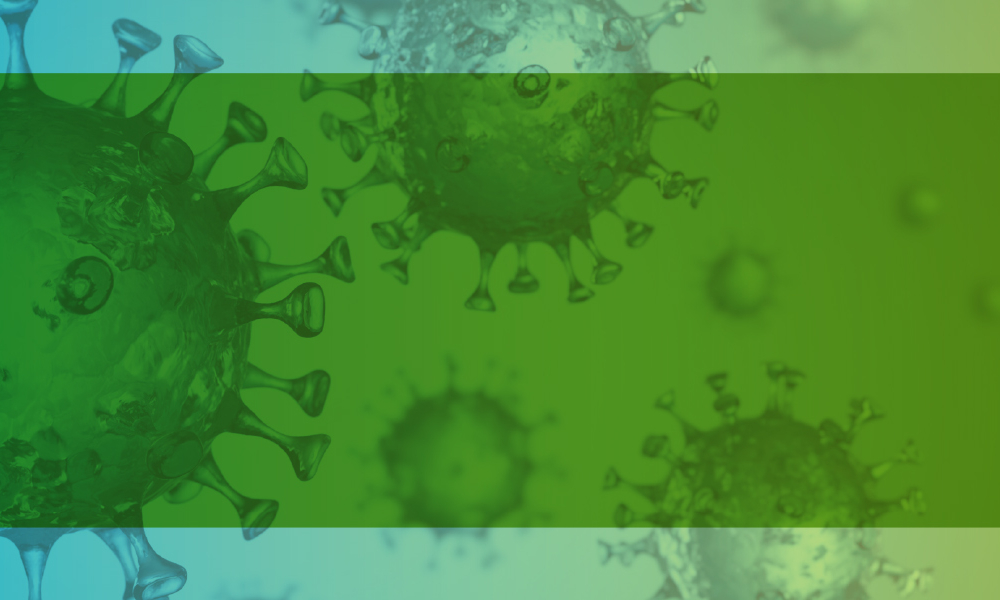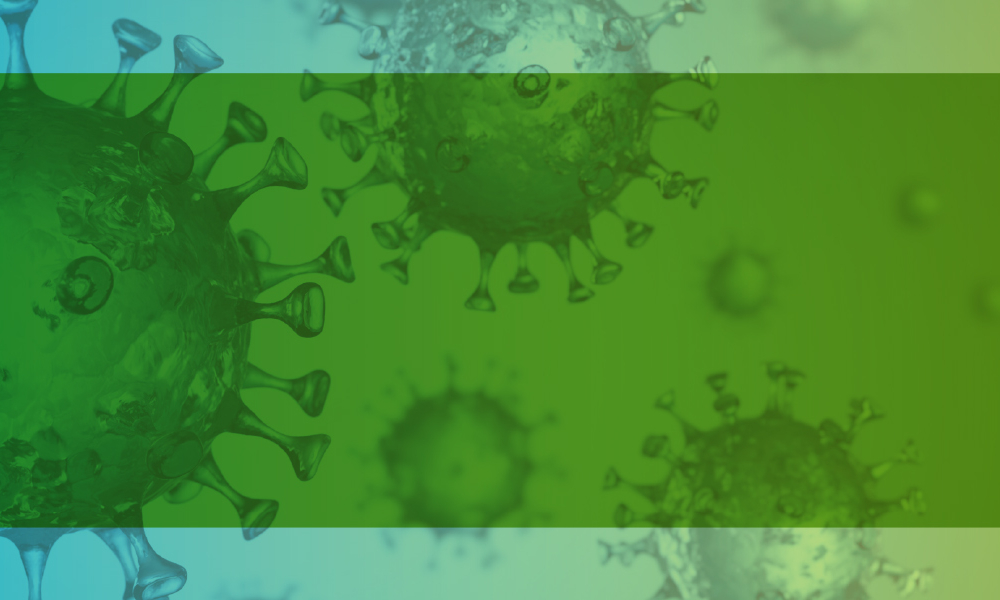Special Report: Building A Stronger Industry

Sustainability And The Life Sciences Industry
Sustainability, also referred to as sustainable development, has, in the pharmaceutical industry, been, in the main, in the background, especially when it comes to facilities and engineering. In the few cases where dedicated individuals or companies have recognized the long-term benefits of being early adopters, it has been questioned as to its relevance. An element of this is the belief that sustainability is a fad word with short-term political relevance, or that it is just about sensible energy management at a time of high energy prices.
Understanding Cleanliness Classifications For Life Science Facilities
In recent years we have observed misunderstanding and confusion over correlation between the 2004 US Food and Drug Administration (FDA) environmental cleanliness requirements for sterile product manufacture and those of the European Medicines Agency EudraLex Volume 4, Annex 1.
Why Is 90 Fpm Considered The Standard For Cleanroom Airflow?
In 1961, while working at Sandia Laboratory in New Mexico, Willis Whitfield and his colleagues developed the world’s first cleanroom and clean benches. These developments were instrumental for the electronics, aerospace, and later, pharmaceutical industries, where particulate contamination had to be minimized or eliminated.


